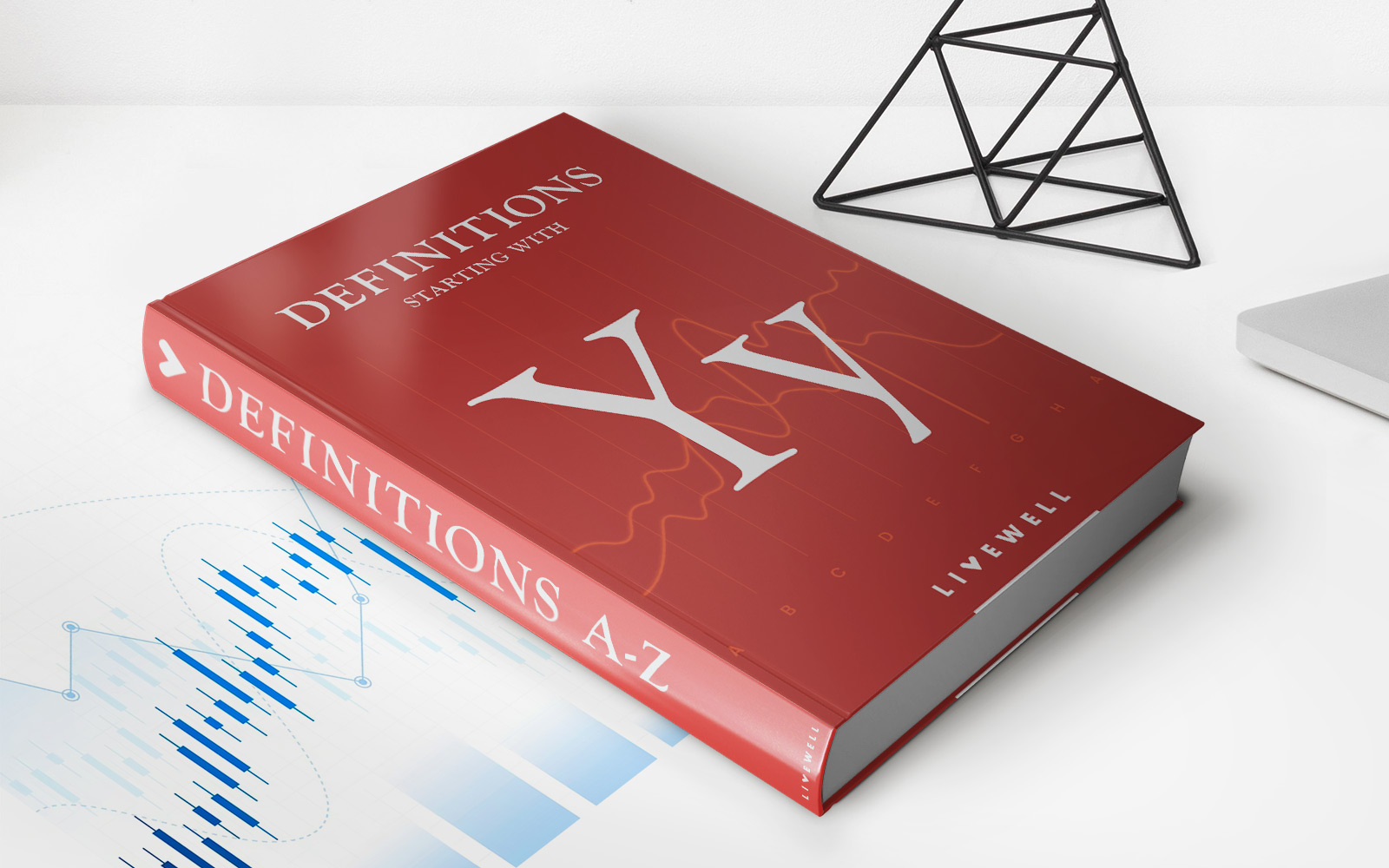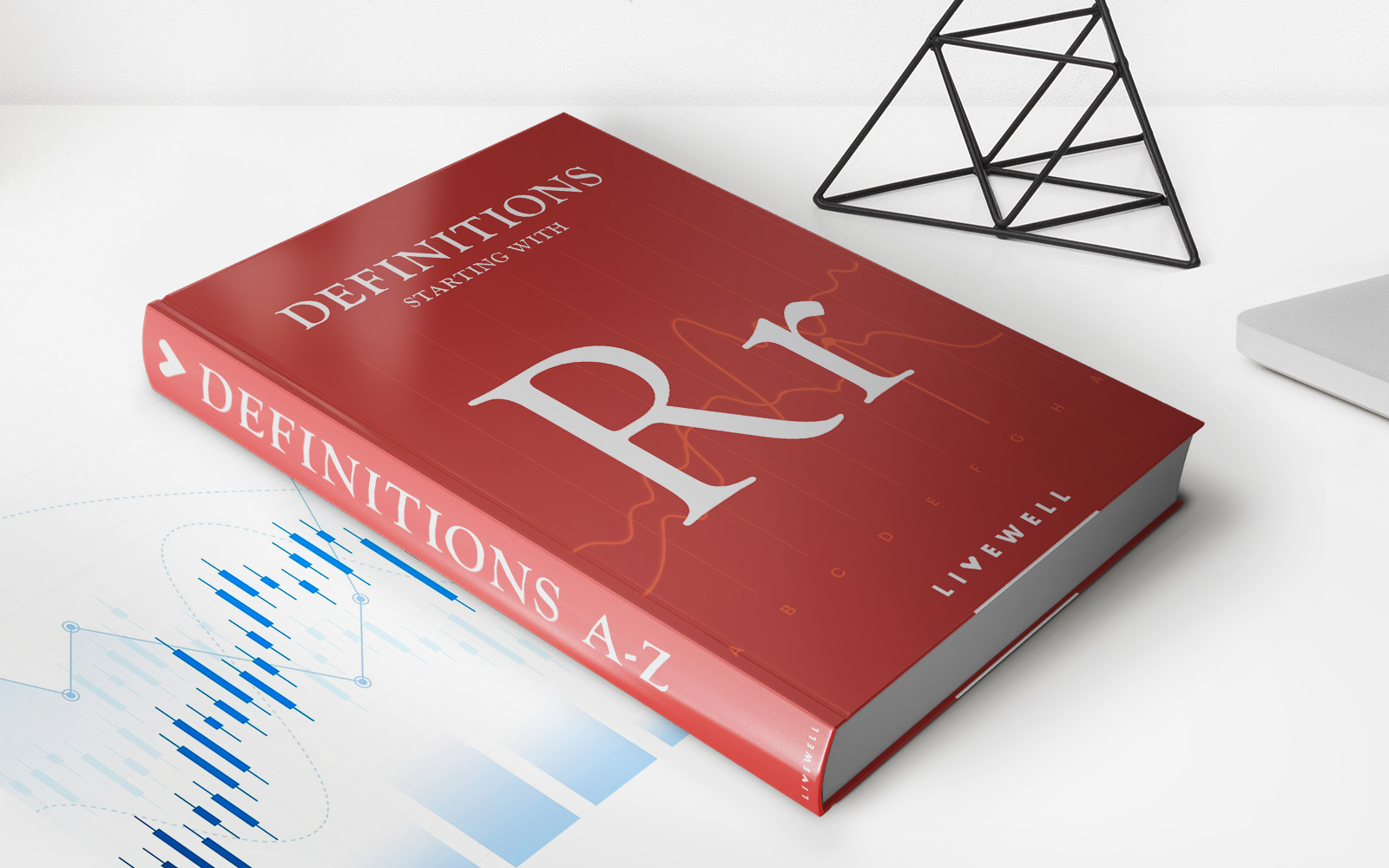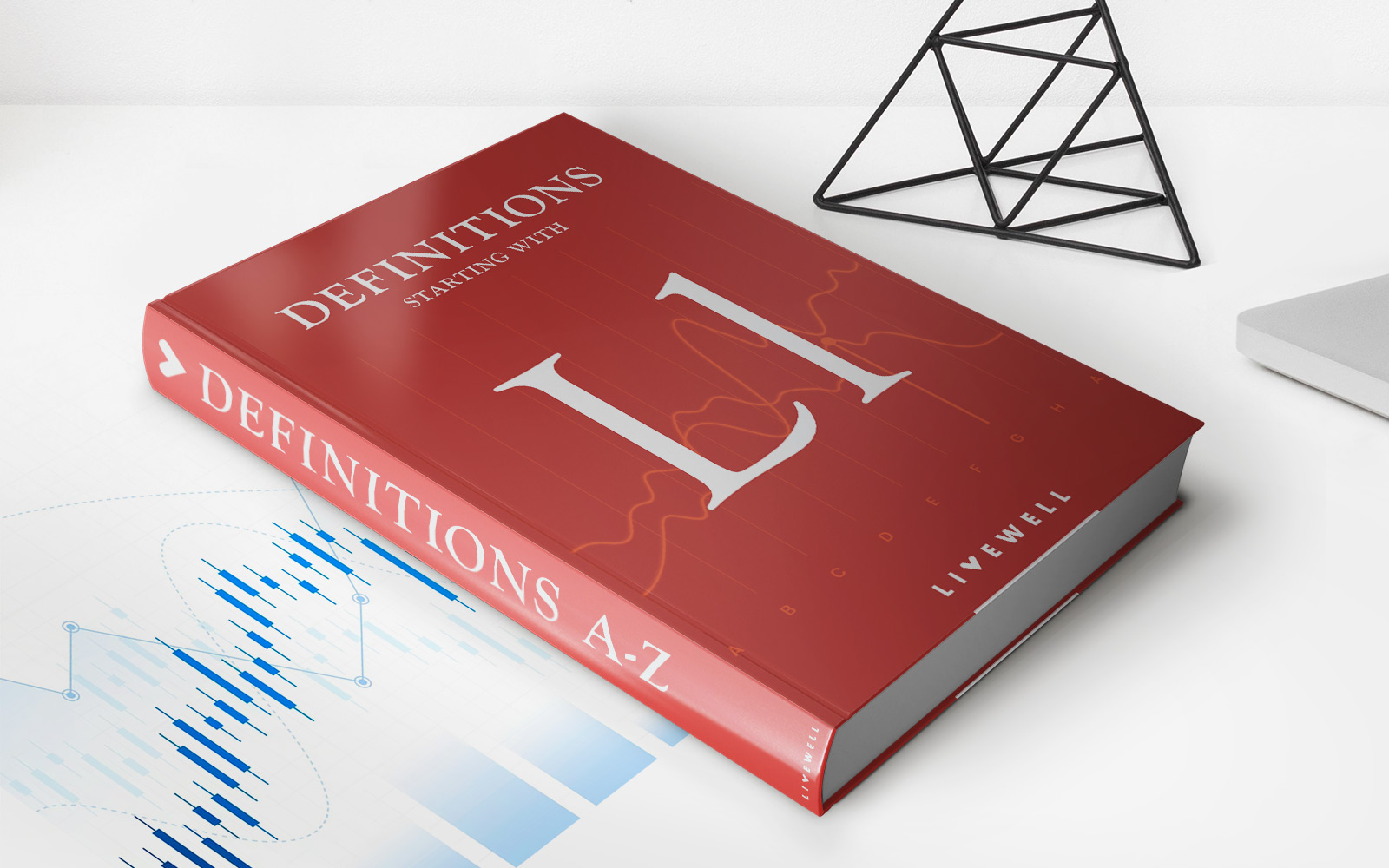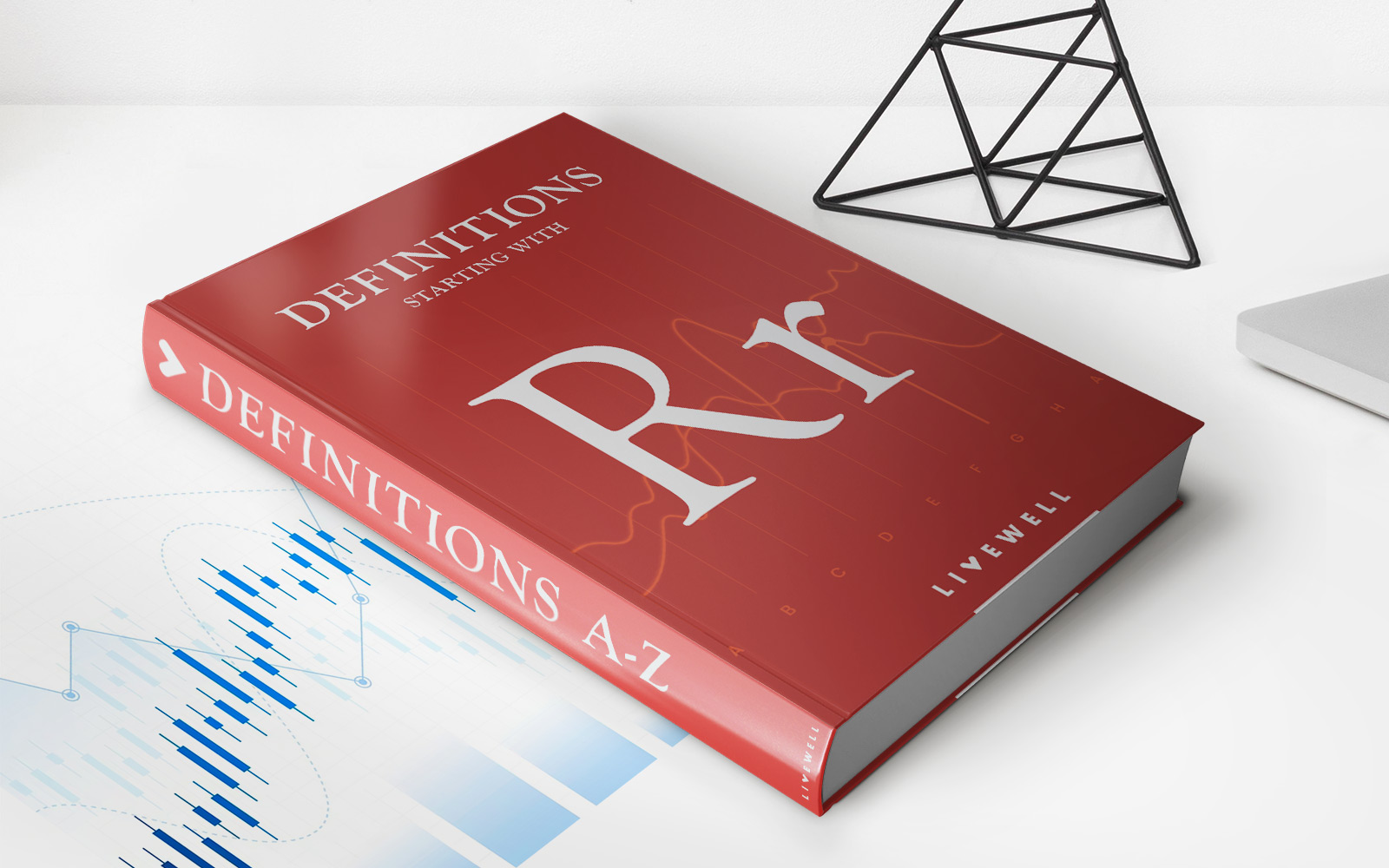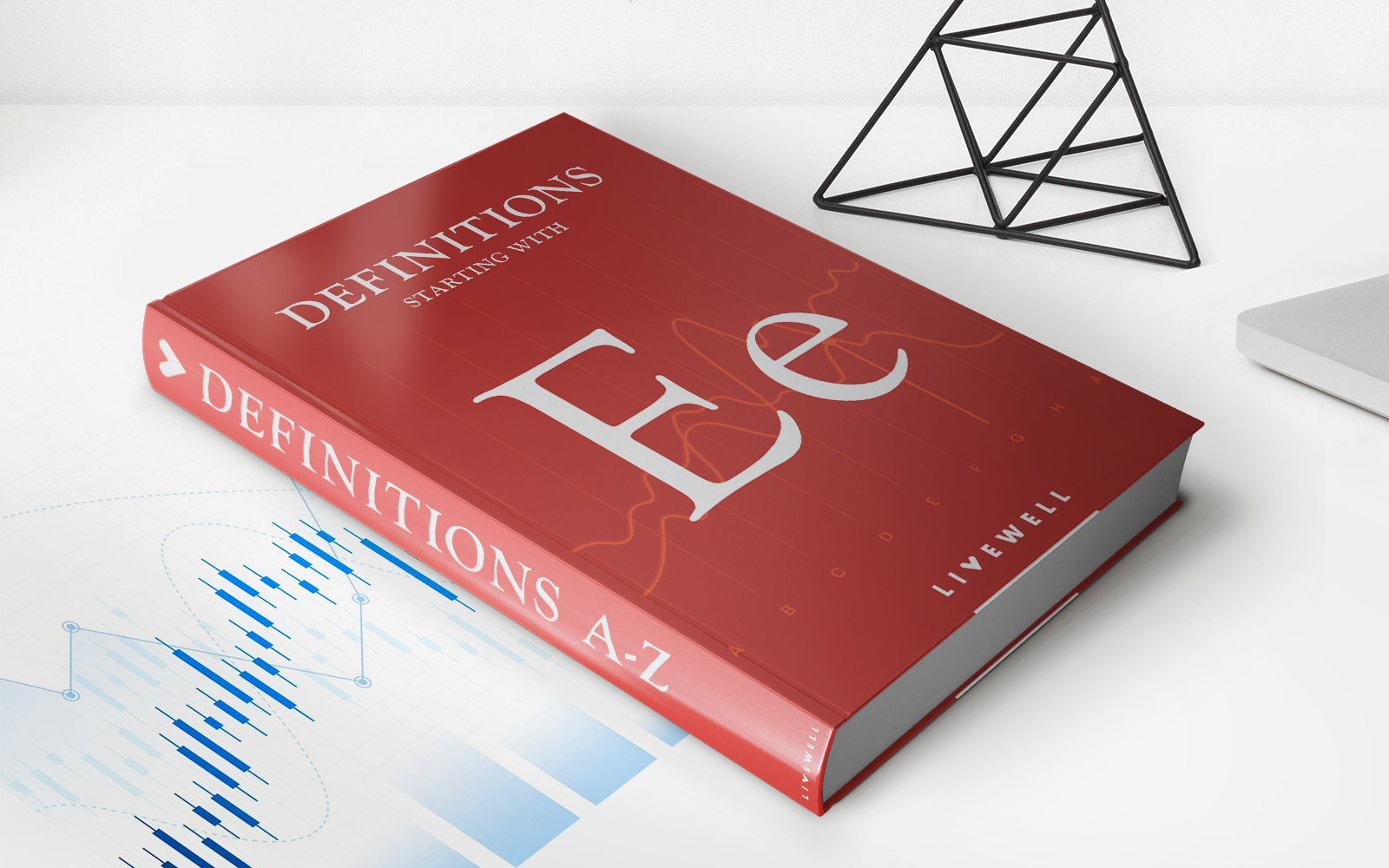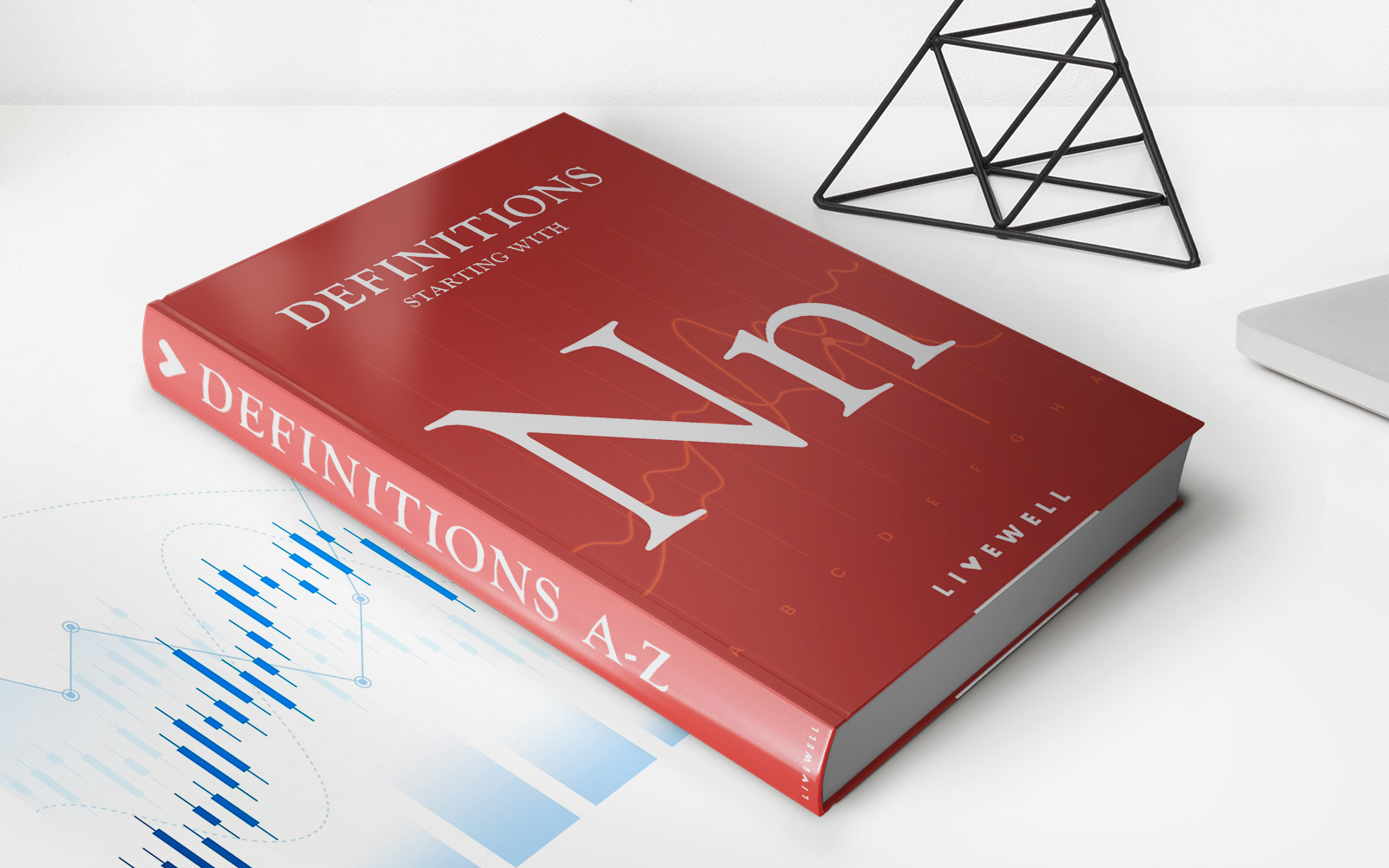Home>Finance>Owners’ Equivalent Rent (OER): Definition And Relationship To CPI
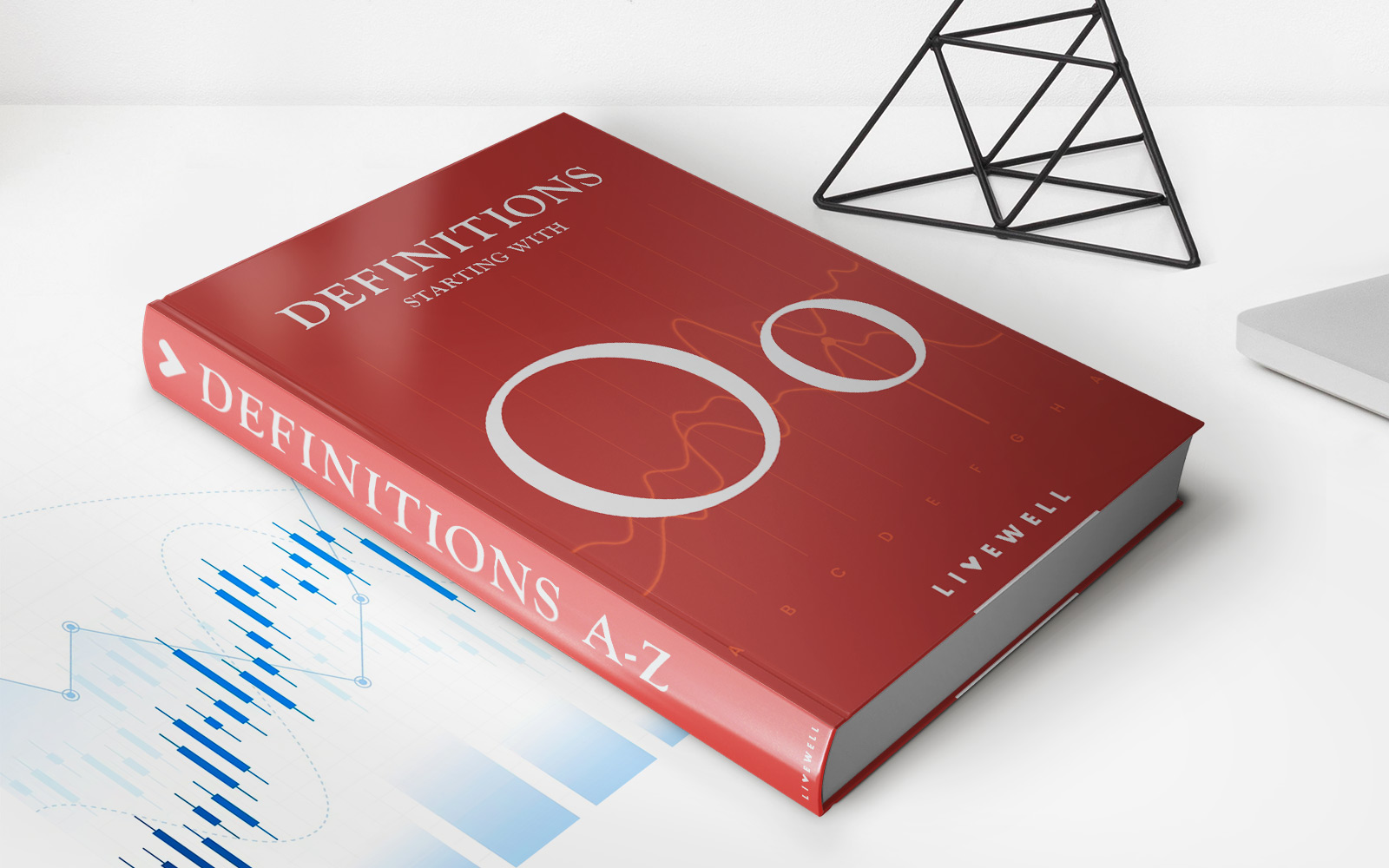

Finance
Owners’ Equivalent Rent (OER): Definition And Relationship To CPI
Published: January 5, 2024
Learn about Owners' Equivalent Rent (OER) in finance, including its definition and its relationship to the Consumer Price Index (CPI).
(Many of the links in this article redirect to a specific reviewed product. Your purchase of these products through affiliate links helps to generate commission for LiveWell, at no extra cost. Learn more)
Unlocking the Mystery of Owners’ Equivalent Rent (OER)
When it comes to understanding the intricacies of finance, there are numerous factors that contribute to the overall picture. One such factor is the concept of Owners’ Equivalent Rent (OER). If you’ve ever wondered what OER is and how it relates to the Consumer Price Index (CPI), then you’ve come to the right place! In this article, we’ll delve into the definition of OER and explore its relationship to CPI.
Key Takeaways:
- Owners’ Equivalent Rent (OER) is an estimation of the cost that homeowners would incur if they were to rent their homes instead of own them.
- OER is a crucial component of the Consumer Price Index (CPI), which is a widely used measure of inflation in the economy.
So, what exactly is OER? OER is essentially an estimation of the rental value of a homeowner-occupied residence. It is the hypothetical amount that a homeowner would pay if they were renting their property instead of owning it. This estimation takes into account factors such as location, size, condition, and amenities of the property.
Now, you may be wondering, “Why is OER important?” Well, OER plays a significant role in calculating the Consumer Price Index (CPI). The CPI is a widely used economic indicator that measures changes in the prices of a basket of goods and services over time.
By including OER in the CPI, policymakers and economists can assess the impact of changes in housing costs on the overall inflation rate. Since housing costs make up a considerable portion of a household’s budget, OER provides valuable insights into the real cost of living for homeowners.
It’s important to note that OER is just one component of the CPI, which includes other categories such as food, transportation, and healthcare. However, due to the significant impact of housing costs on the economy, OER holds a particular significance in the calculation of the CPI.
So, how does OER relate to CPI? Here’s a simplified breakdown:
- OER is collected through surveys conducted by the Bureau of Labor Statistics (BLS).
- Data from these surveys, along with other sources, are used to calculate the average rent for various types of properties.
- The average rent is then incorporated into the CPI calculation as a representation of housing costs.
- Changes in OER are closely monitored to assess the impact on inflation rates and inform monetary policy decisions.
By understanding the relationship between OER and CPI, individuals can gain insights into the broader economic landscape. Whether you’re a homeowner looking to understand the real cost of housing or an economist analyzing inflation trends, OER plays a vital role in painting a clearer picture of financial markets.
So, the next time you come across the term Owners’ Equivalent Rent (OER) or hear it mentioned in the context of the CPI, you’ll know exactly what it means and how it contributes to our understanding of finance.
______________________________________________________________________________
Key Takeaways:
- Owners’ Equivalent Rent (OER) is an estimation of the cost that homeowners would incur if they were to rent their homes instead of own them.
- OER is a crucial component of the Consumer Price Index (CPI), which is a widely used measure of inflation in the economy.

